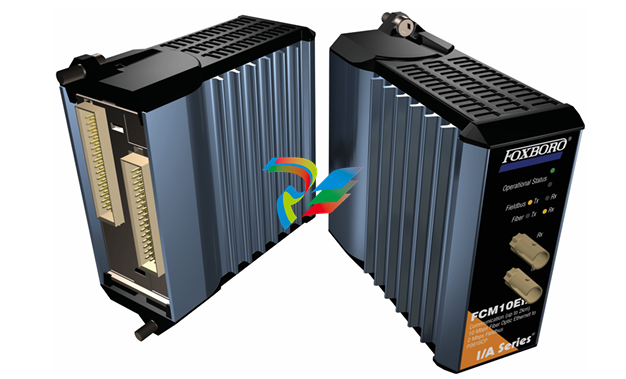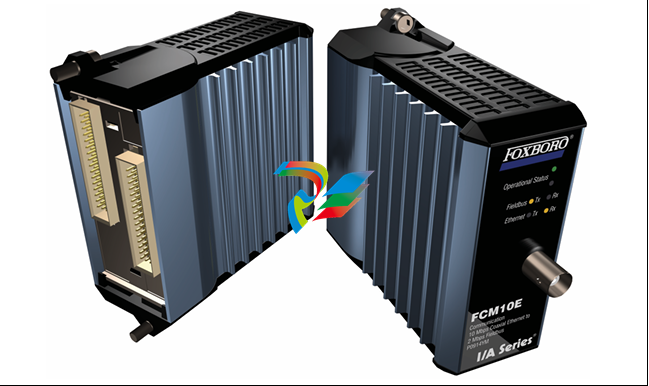
DCS; Industrial control system
Product
Article
NameDescriptionContent
NEW CENTER
Current Location:
From Automation to Autonomy: The Evolutionary Path of Automated Equipment
From:
|
Author:huang
|
Time :2024-11-12
|
218 Browse:
|
Share:
自动化设备已成为各行业的革命性力量。早期,自动化设备从手动流程中迈出了重要一步。随着工业发展,提高生产力和减少人为错误的需求推动了自动化设备的探索和实施。自动化设备从简单的机械设备演变为集成先进技术的复杂系统,如今在制造业、医疗、交通等领域发挥着关键作用。技术的进步,如人工智能和机器学习,推动了从基本自动化到增强自主性的转变,使设备能够从数据中学习、适应变化并自主决策。行业需求也促进了这一演变,企业寻求提高效率、降低成本和改善质量。未来,自动化设备有望进一步发展,但也面临技术可靠性、就业影响和监管挑战。
In addition to AI and machine learning, other technological advancements such as sensor technology and the Internet of Things (IoT) have also contributed to the evolution of automated equipment. Sensors provide real-time data on the environment and the status of the equipment, enabling autonomous systems to make more informed decisions. The IoT allows for seamless connectivity between different devices and systems, facilitating the integration of automated equipment into larger networks.
(B) Industry Demands
Industry demands have played a significant role in spurring the evolution from automation to autonomy. In today's highly competitive business environment, companies are constantly looking for ways to increase efficiency, reduce costs, and improve quality. Autonomous equipment offers several advantages that meet these needs.
For example, in manufacturing, the demand for high-quality products at a lower cost has led to the adoption of autonomous robots and machines. These systems can perform repetitive tasks with greater precision and consistency than human workers, reducing the risk of errors and defects. Additionally, autonomous production lines can run continuously, increasing output and reducing downtime. According to a survey, companies that have implemented autonomous manufacturing systems have reported an average cost reduction of 20% and a productivity increase of 30%.
In healthcare, the need for more accurate diagnoses and minimally invasive procedures has driven the development of autonomous diagnostic tools and robotic surgical systems. These technologies can analyze patient data more quickly and accurately than human doctors, leading to earlier detection and treatment of diseases. Moreover, robotic surgeries offer greater precision and reduced trauma, resulting in faster recovery times for patients.
In transportation, the growing concerns about safety, congestion, and environmental sustainability have led to the exploration of autonomous vehicles. Autonomous cars and trucks can reduce traffic accidents by eliminating human error, improve traffic flow by communicating with each other and infrastructure, and reduce fuel consumption by optimizing driving patterns. Estimates suggest that the widespread adoption of autonomous vehicles could reduce traffic fatalities by up to 90% and save billions of dollars in fuel and maintenance costs.
In conclusion, technological advancements and industry demands are the key factors driving the evolution from automation to autonomy. As these factors continue to drive innovation, we can expect to see even more advanced forms of autonomous equipment in the future, transforming various industries and improving our lives.
IV. Future Prospects and Challenges
(A) Potential Future Developments
The future of automated equipment looks extremely promising. As technology continues to advance at a rapid pace, we can expect to see even more sophisticated forms of automated and autonomous equipment. In manufacturing, for instance, we may witness the emergence of fully autonomous factories where every process is controlled by intelligent machines. These factories could operate around the clock with minimal human intervention, leading to significant increases in productivity and cost savings. According to industry experts, the market for autonomous manufacturing systems is expected to grow at a compound annual growth rate of over 20% in the next five years.
In healthcare, the development of more advanced robotic surgical systems and autonomous diagnostic tools is likely to continue. These technologies could enable more complex surgeries to be performed with greater precision and safety, and provide more accurate and timely diagnoses. Additionally, we may see the integration of automated equipment with telemedicine, allowing patients in remote areas to access high-quality healthcare services.
In transportation, autonomous vehicles are expected to become more common on our roads. As the technology matures, we can expect to see improved safety features, increased efficiency, and reduced environmental impact. Estimates suggest that by 2030, autonomous vehicles could account for a significant portion of the global vehicle fleet.
(B) Challenges to Overcome
However, the evolution of automated equipment also presents several challenges. One of the main challenges is the need for reliable and secure technology. As automated and autonomous equipment becomes more complex, the risk of malfunctions and cyber attacks increases. Ensuring the reliability and security of these systems is crucial to avoid potential disasters. For example, a malfunction in an autonomous vehicle could lead to serious accidents, while a cyber attack on a manufacturing plant could disrupt production and cause significant financial losses.
Another challenge is the impact on employment. As automated equipment replaces human workers in many tasks, there is concern about job losses and the need for reskilling and upskilling of the workforce. According to some estimates, up to 30% of jobs could be at risk due to automation in the coming decades. Governments and businesses need to work together to address this issue by providing training and education programs to help workers transition to new roles.













































.jpg)
.jpg)
.jpg)





.jpg)



.png)
.jpg)

.jpg)
_lVjBYb.jpg)

.jpg)
.jpg)



.jpg)
.jpg)







.jpg)

.jpg)
.jpg)






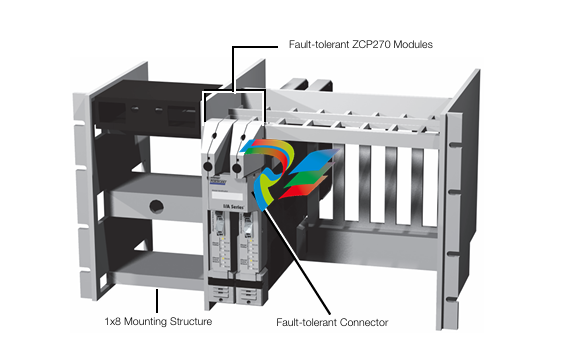

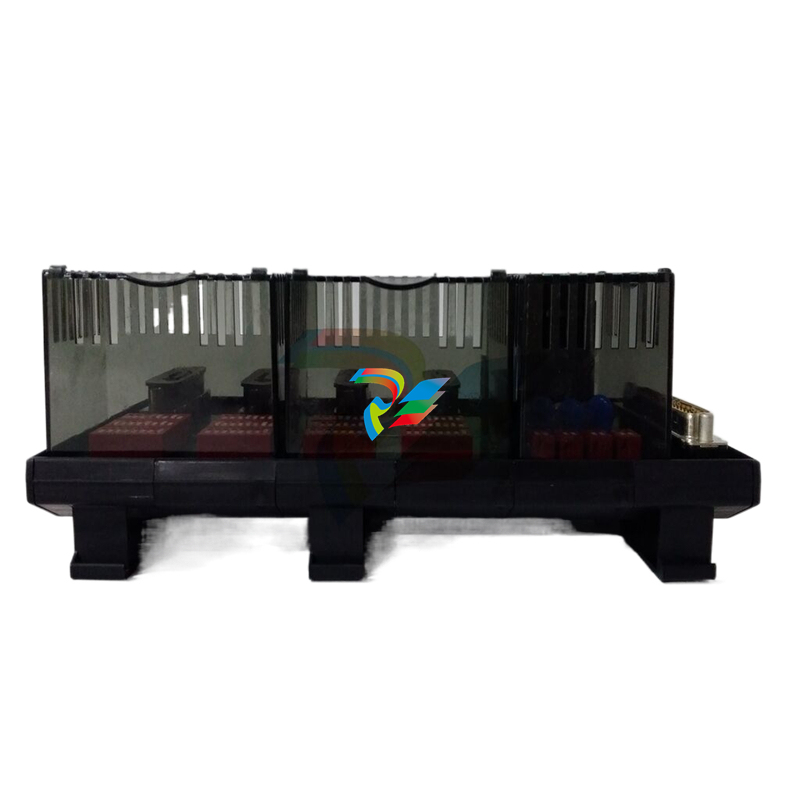
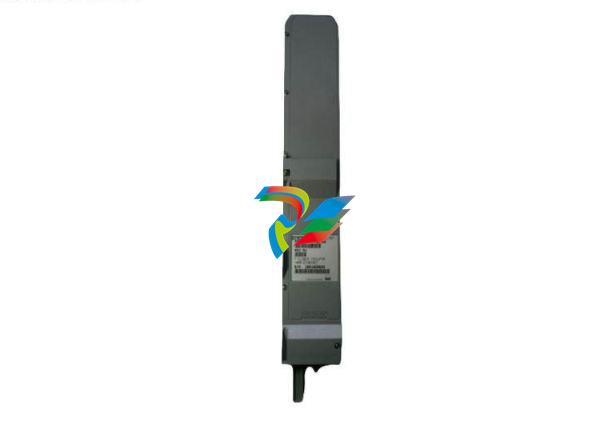
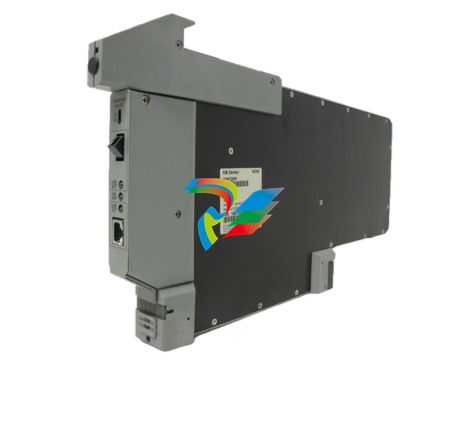
.jpg)
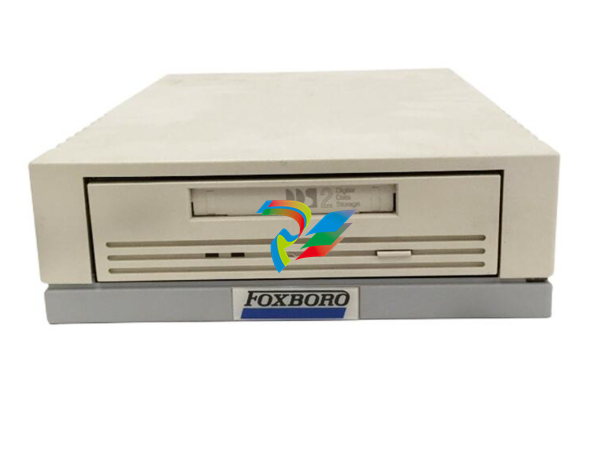



.jpg)
.jpg)
.jpg)
.jpg)
.jpg)
.jpg)
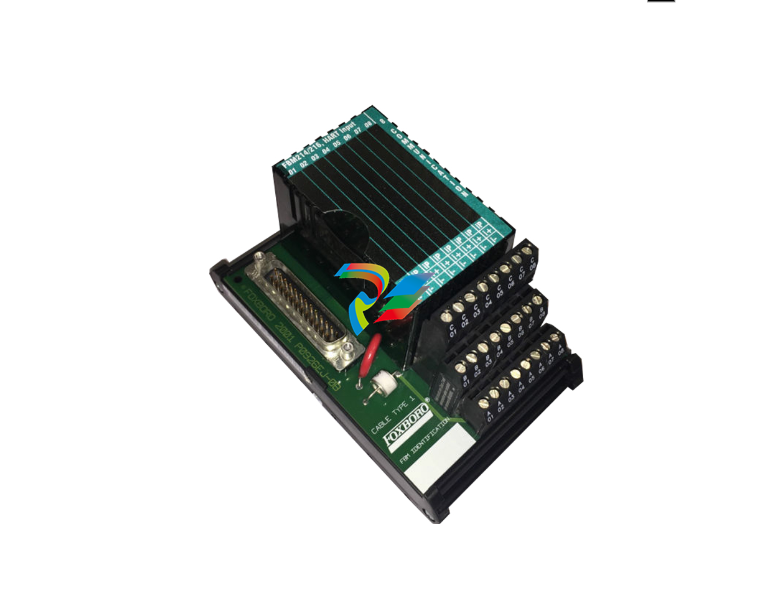
.jpg)
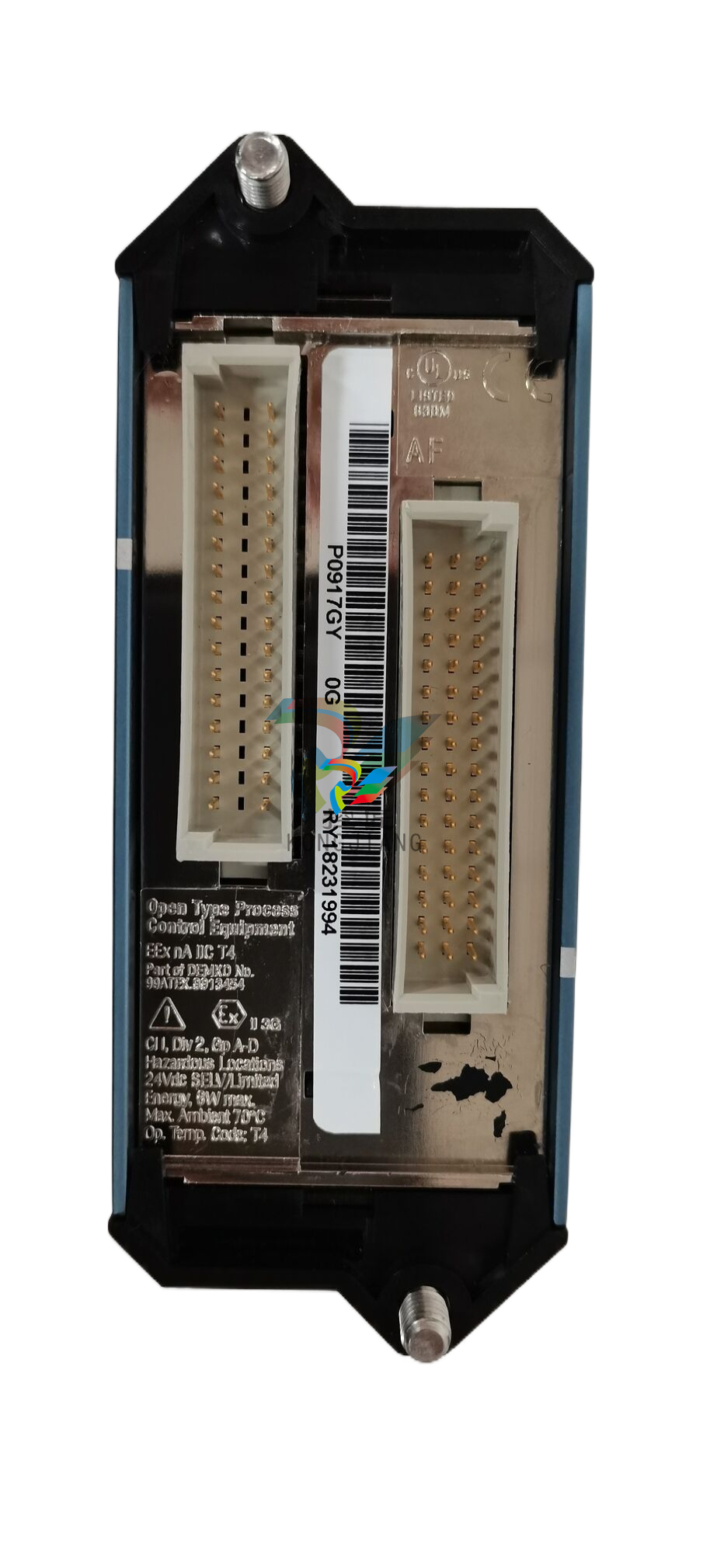
.jpg)
.jpg)
.jpg)
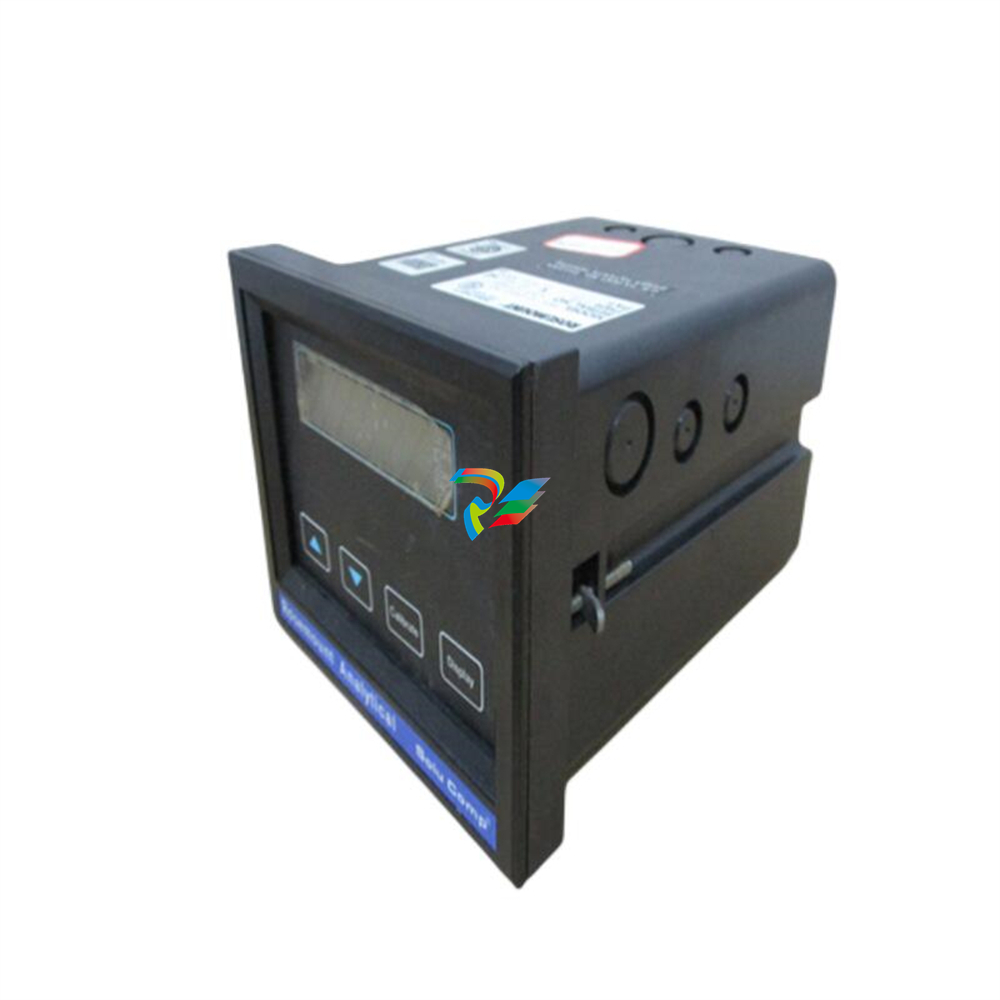
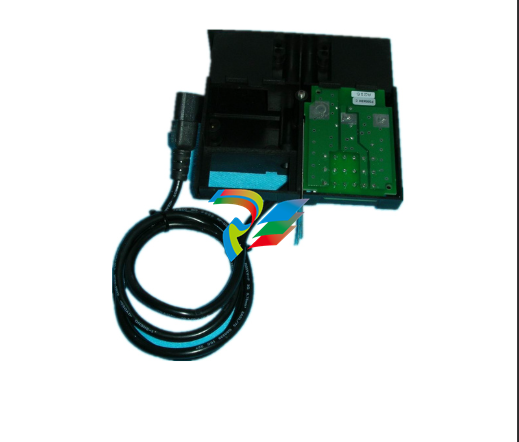
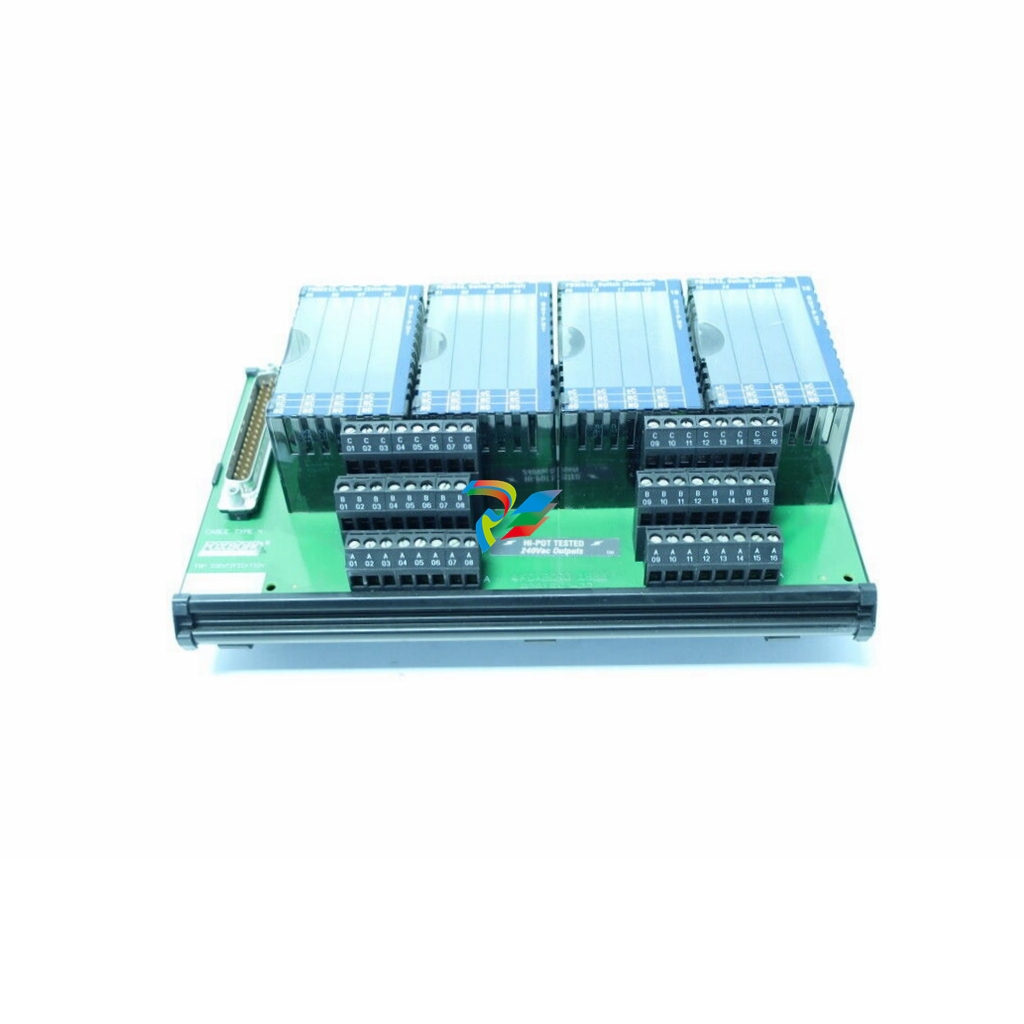
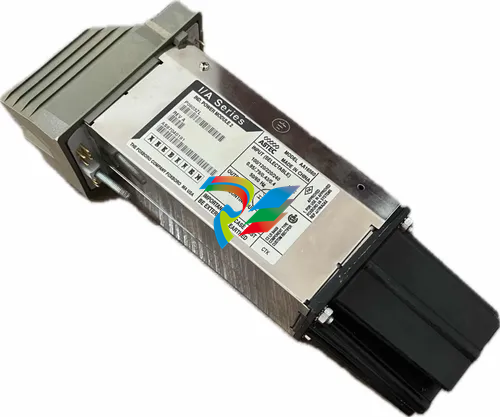

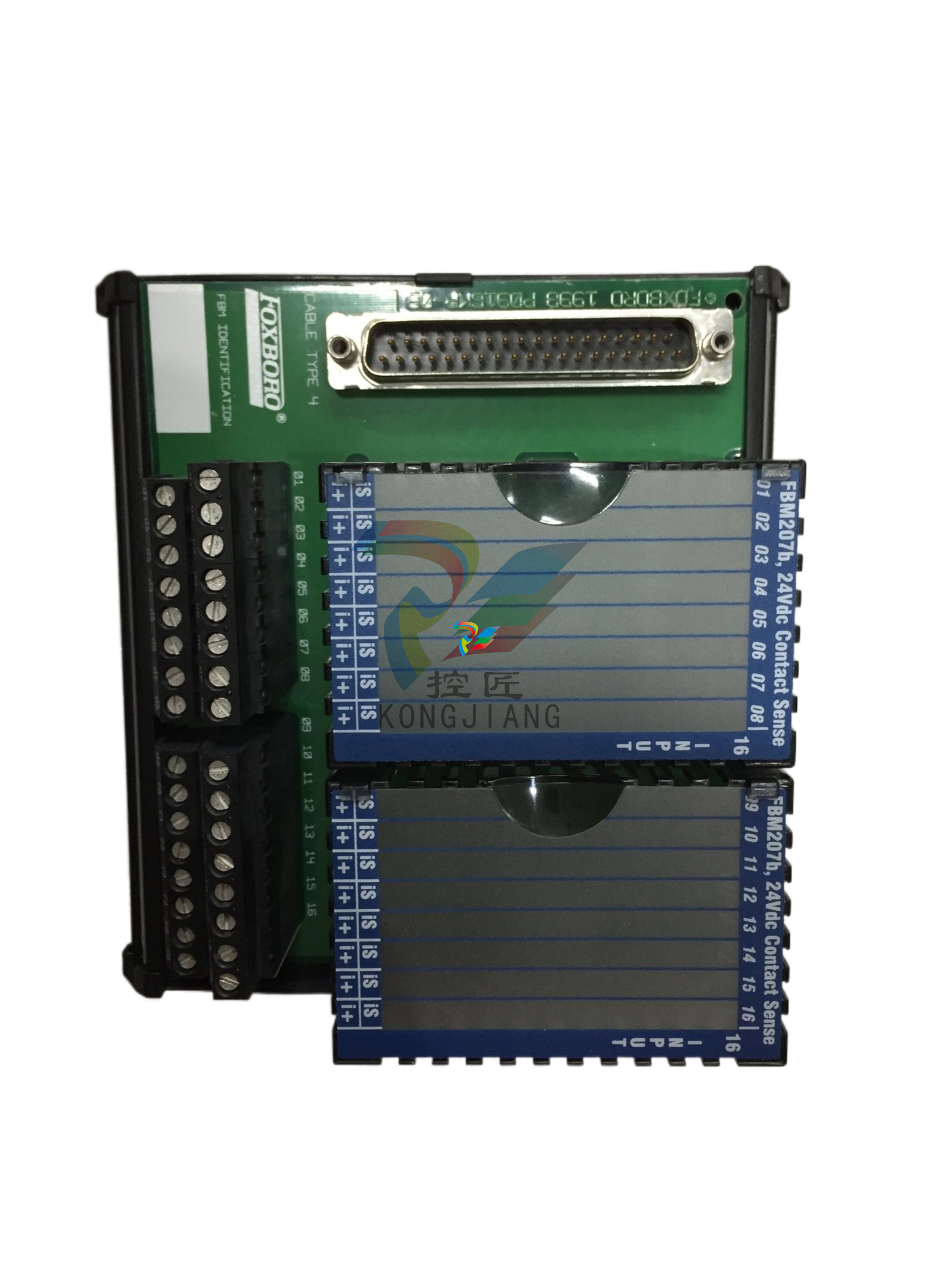
.jpg)

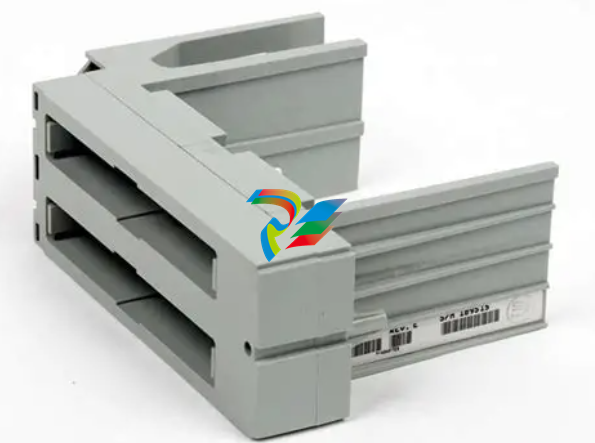
.jpg)


